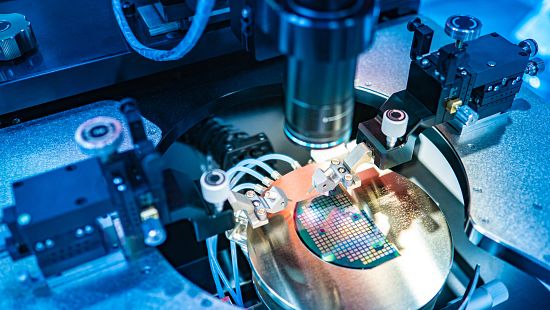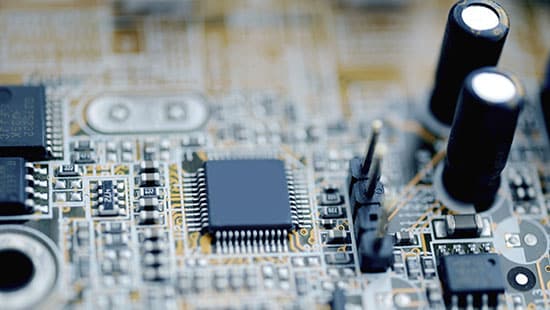Looking at water scarcity through the lens of microelectronics

The microelectronics industry, which produces semiconductors and related components, impacts everything from cars to computers. Fueled by surging demand for smart devices, the industry grew by 20% to an estimated $600 billion in 2021. Based on its current trajectory, McKinsey estimates the industry could reach a trillion-dollar milestone by 2030. However, as demand surges, so does the industry’s water footprint.
Water stress is a pervasive, global issue. According to the World Resources Institute, freshwater demand may outpace supply by 56% within the next decade. At the same time, the need for water in manufacturing has grown exponentially: The United Nations reports demand is on pace to increase by 400% between 2000 and 2050. The microelectronics industry makes up a significant proportion of manufacturing water use. As an example, it’s estimated that a single smart phone requires more than 3,000 gallons (11,300 liters) of water to produce.
In response to the dual pressures of water stress and growing product demand, some microelectronics fabricators turn to air-cooled technologies rather than water-based systems. This presents another climate trade-off, though, as air cooling requires substantial energy to operate and can generate significant greenhouse gas emissions.
To build resilient, responsible operations, manufacturers must look at sustainability, water stewardship, and productivity together through a circular lens. Water stewardship goes beyond linear water treatment within the plant itself. It requires manufacturers to examine the water intensity of their operations both inside and outside the facility fence, so they can meet their production needs while minimizing strain on the local community. By taking this approach, manufacturers can respond to water and product-demand pressures with programs that help reduce freshwater use while still prioritizing yield, uptime, and product quality.
To build resilient, responsible operations, manufacturers must look at sustainability, water stewardship, and productivity together through a circular lens.
Different water sources require different forms of treatment. To adopt the most effective programs, manufacturers must evaluate the composition and requirements of each. For ultrapure water, quality is key. Pre-treatment solutions like reverse osmosis technologies can help manufacturers maintain water quality to produce products with small feature sizes, such as semiconductor wafers. For wastewater, a treatment program must address the most critical components in the water stream, such as metals or fluoride. With proper treatment, wastewater can be reused, particularly as utility make-up water for boiler or cooling water operations.
Digital solutions can help manufacturers maintain water quality in real time. For example, 3D TRASAR™ technology detects out-of-spec conditions and determines the appropriate corrective action automatically. By using Connected Chemistry™ capabilities, 3D TRASAR technology can rapidly respond to conductivity, pH levels, turbidity, flow rates, corrosion risks, scaling potential and other issues depending on the application. 3D TRASAR programs include remote monitoring, reporting, and alarming across manufacturer operations. They also integrate with other digital services powered by the ECOLAB3D™ platform, such as Water Quality Intelligence, which visualizes real-time water performance insights.
Demand for microelectronics will continue to grow. As products increase in complexity with smaller feature sizes, the industry’s water needs will be dynamic and increasingly stringent. To respond effectively, manufacturers must adopt circular water strategies. By taking a smart approach, companies can build resilient operations that balance sustainability and productivity.




